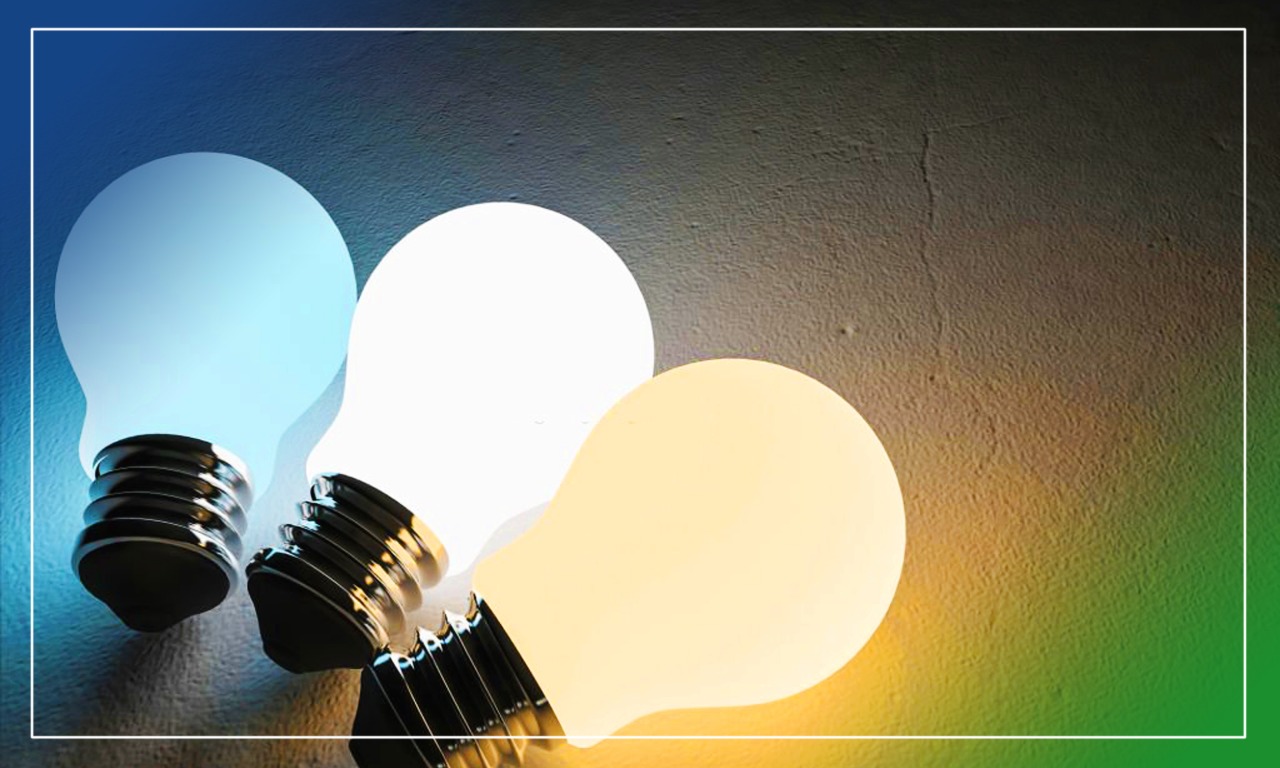
What LED Color Temperature Should I Buy?
Color temperature is a portrayal of the glow or coolness of a light source. At the point when a bit of metal is warmed, the shade of light it discharges will change. This shading starts as red in appearance and graduates to orange, yellow, white, and afterward blue-white to more profound shades of blue. The temperature of this metal is an actual measure in degrees Kelvin or total temperature. While lights other than radiant, for example, LEDs don't copy the yield of this bit of metal, we use the connected shading temperature (or Kelvins) to portray the presence of that light source as it identifies with the presence of the bit of metal.
There are various sorts of white light, however, they are hard to characterize and analyze. We can see them to varying degrees, contingent upon how touchy our eyes are. There is likewise an individual abstract measurement impacting everything, specifically the feeling that a light delivers and the emotions it incites.
To make a target estimation of this, researchers chose to characterize white lights by contrasting them with the shading a cool body becomes when warmed to various temperatures. It first turns red, at that point yellow. The higher the quantity of kelvins, the more white it gets.
How to choose the perfect color temperature
The excellence of having the option to shop-by shading temperature implies you can browse a variety of unpretentious shades and tones to supplement and enlighten any home stylistic theme. While there's no immovable guideline with what LED light shading temperature you pick, our brisk guide will give you a smart thought on where to begin.

Warm white: for subtle, homely tones
Warm white and exceptionally warm white cast welcoming, comfortable shades that are more suggestive of conventional brilliant bulbs of old. Warm white has for some time been a top pick of our clients and frequently get utilized in zones to unwind, for example, the family room and room. Best for: livings rooms and rooms.

Daylight: neutral and natural
Getting somewhat cooler, sunshine bulbs impersonate the impact of normal light and can be utilized to incredible impact anyplace in the home gratitude to its nonpartisanship. Best for: studios and carports

Cool white: fresh and modern
Regularly utilized in kitchens and restrooms due to its reviving and clear tones, cool white additionally impeccably supplement contemporary style in more present-day settings. Best for kitchens and restrooms

These color temperatures are suited for those looking to mimic the ambience created by traditional carbon filament bulbs. These bulbs produce a lower number of lumens than traditional incandescent bulbs as do their LED counterparts. Only chose this level of color temperature if you are willing to sacrifice lumens for a more ambience that demands the extremely soft light these bulbs create.